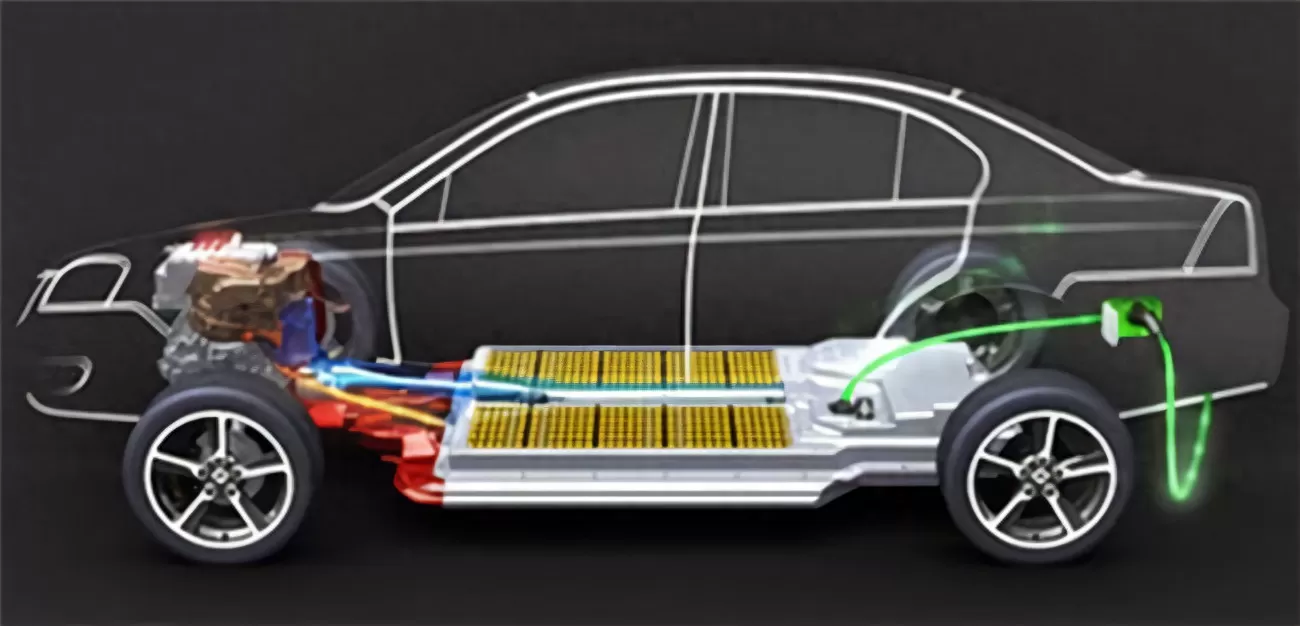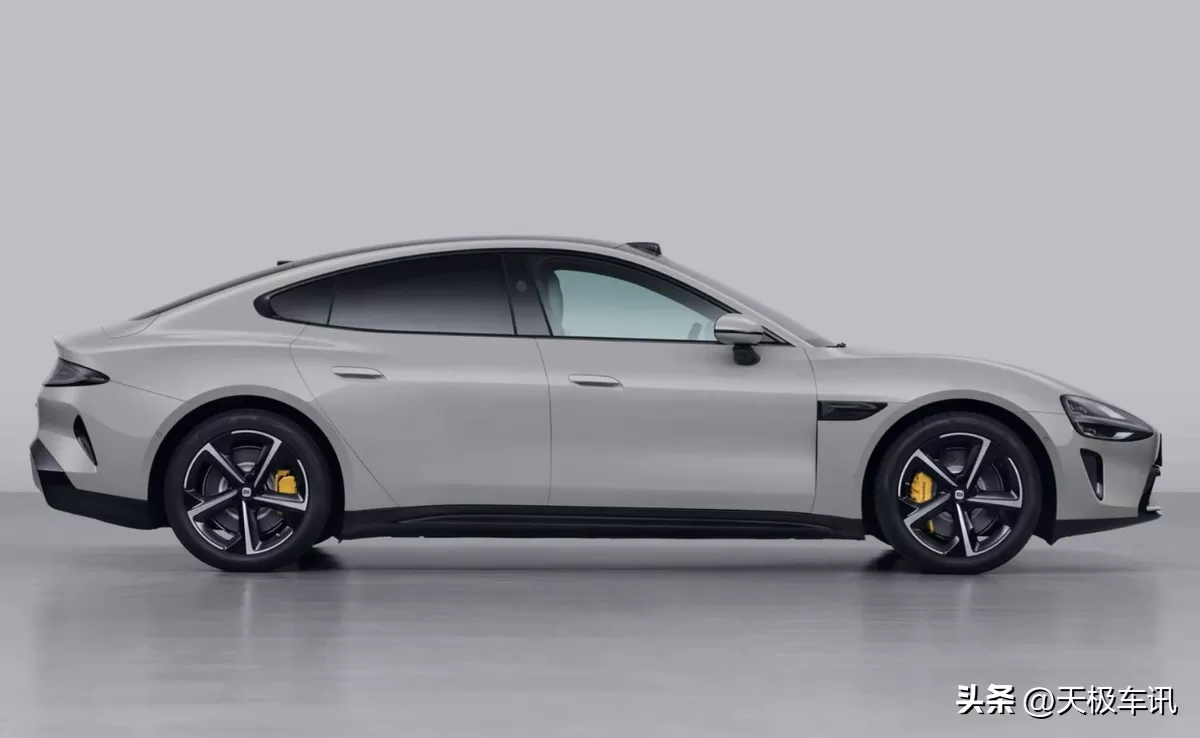Recently, many listed automakers released their financial reports for the first half of 2024. During the media coverage, the focus was mostly on "major positives," such as "turning losses into profits," "narrowing losses," or "revenue growth," all trying to present a "strong" image.
However, few automakers are willing to admit to "low profit per vehicle" or "high volume, low margin." In today's sluggish market, such statements seem like signs of a company struggling.
But BYD has demonstrated through its actions that this is the right way for automakers to "make money."

A Profit of 8.500 Per Vehicle: Why Is BYD Unfazed?
Profit per vehicle, as the name suggests, is how much profit an automaker earns from selling each car. BYD's 2023 annual report revealed that the company achieved a total revenue of RMB 602.32 billion, a year-on-year increase of 42.0%, and a net profit of RMB 30.04 billion, a year-on-year increase of 80.7%. Based on this, some calculated that BYD's profit per vehicle was only RMB 8.600.
What does this level mean? If this were a person's annual income, RMB 8.600 would be considered "extreme poverty," barely enough to cover basic living expenses.
In the first half of 2024. BYD's total revenue reached RMB 301.1 billion, a year-on-year increase of 15.8%. Net profit was RMB 13.63 billion, up 24.4% year-on-year. The gross profit margin was 20.0%, a year-on-year increase of 1.68%. Yet, their profit per vehicle dropped to just RMB 8.500.
Everything else increased, except for the profit per vehicle. For most automakers, such a phenomenon would lead to "executive resignations" or "industry turmoil."

But at BYD, things remain stable. The core reason lies in BYD's soaring sales, as gaining widespread customer recognition is their primary goal.
BYD has held the top spot in domestic car sales for months, if not years. According to the latest data, BYD's retail sales in August exceeded 370.000 vehicles, more than the combined monthly sales of Volkswagen and Toyota.
In recent years, models from the Qin family, Song family, Han family, and the Seagull, Seal, and Sea Lion from the Ocean series have made a lasting impact on the market, capturing the hearts of consumers in the lower-tier cities. These strategic moves, aimed at "down-market" domination, are still fresh in our memories.
These precise market strategies have ultimately led to continued sales growth. Despite a declining profit per vehicle, BYD has achieved remarkable overall growth. Notably, in the first half of 2024. BYD's new energy vehicle sales increased by 28.5% year-on-year to over 1.61 million vehicles, while net profit grew by 24.4% to RMB 13.63 billion.

Sales growth driving net profit growth—this is why BYD remains unfazed.
Putting Resources Where They Matter Most
From BYD’s past financial reports, it’s clear that this is no ordinary company. They know how to "put resources where they matter most."
First and foremost, this means investing heavily in R&D. Statistics show that over the past 14 years, from 2011 to the present, BYD’s "R&D expenses" exceeded its "net profit" for 13 years. Sometimes, the gap was several times greater, with sales barely covering a fraction of the R&D costs.
For instance, in the first half of this year, BYD's R&D expenses reached RMB 20.18 billion, not only the highest among all listed automakers but also the highest of any A-share listed company. Meanwhile, their net profit was RMB 13.63 billion. To date, BYD’s cumulative R&D investment has approached RMB 150 billion, surpassing the market capitalization of some companies. In other words, BYD could have bought out several companies with that amount of money.
But instead of doing so, BYD has invested all of it into technological research and development. By "watering and nurturing" its future growth, BYD has ensured its long-term development. This shouldn’t come as a surprise, as the company’s success stems from its sharp insight into energy industry opportunities and its ability to seize the moment, becoming a leader in the field.
This business approach has allowed BYD not only to reap the rewards of its technological innovations but also to navigate through the difficult periods of "technological accumulation."
Now, BYD is entering a "boom period." Recently, the company launched a new wave of vehicles, including the 2025 Seal, Seal 07 DM-i, Qin L DM-i, Song L DM-i, and a refreshed Han lineup. These models reflect BYD's thorough upgrades in powertrains, infotainment systems, and intelligent driving systems.

Smart Cost Control and Overseas Expansion
In addition to these direct actions, BYD has employed two less obvious yet highly effective strategies. The first is cost control. As the saying goes, "Open source and reduce expenditure"—both are essential. BYD has made significant efforts to optimize its R&D and manufacturing systems, achieving vertical integration, scalability, and premium quality while catering to overseas market demands. This streamlined production system is more flexible, coordinated, rational, and efficient.
For instance, thanks to the reduced cost of upstream lithium battery materials, BYD has recently benefited from "cost reduction and efficiency gains." The company has quickly passed these benefits on to its products, allowing customers to enjoy the savings.
The second strategy is expanding into overseas markets. From the day BYD was founded, overseas expansion has been part of its "DNA." Even in its early days, BYD batteries were exported overseas, and its electric buses were seen on streets around the world. Their comprehensive maintenance and energy replenishment systems were also far ahead of the competition.
Today, BYD’s passenger cars are smarter, greener, and more luxurious, and China has become a global leader in the new energy market. This presents BYD with a golden opportunity to expand internationally, and they have not missed this chance.

From Europe to Japan, BYD vehicles can be seen zipping through streets. Moreover, premium brands like Yangwang and Denza have also started penetrating high-end overseas markets, showcasing the exceptional quality of Chinese new energy vehicles.
Steadfast, Pragmatic, and Relentless—Using Resources Wisely
As the market becomes more competitive, many automakers are now preaching "long-termism." In reality, the auto industry has always required long-term commitment. Even companies that rely on outsourcing should source technologies that are the result of long-term R&D efforts by suppliers.
BYD is a prime example. After years of accumulation in multiple fields, the company is now at the brink of explosive growth. More importantly, this growth won't harm consumers in any way. Instead, it will allow people to purchase better products and enjoy more satisfying journeys. The ones to suffer will be those joint ventures with "rigid" pricing and autonomous brands with "short-sighted" strategies.






